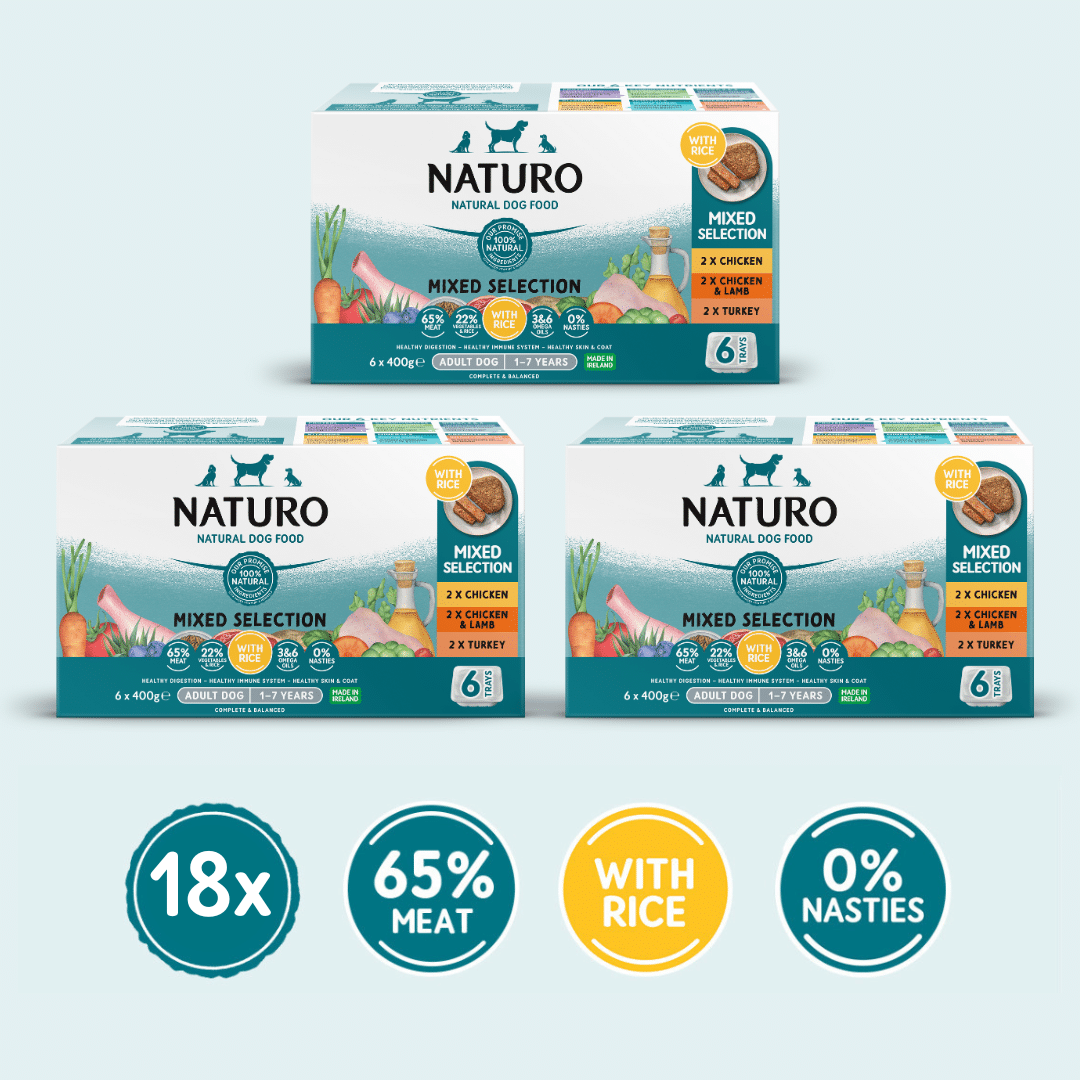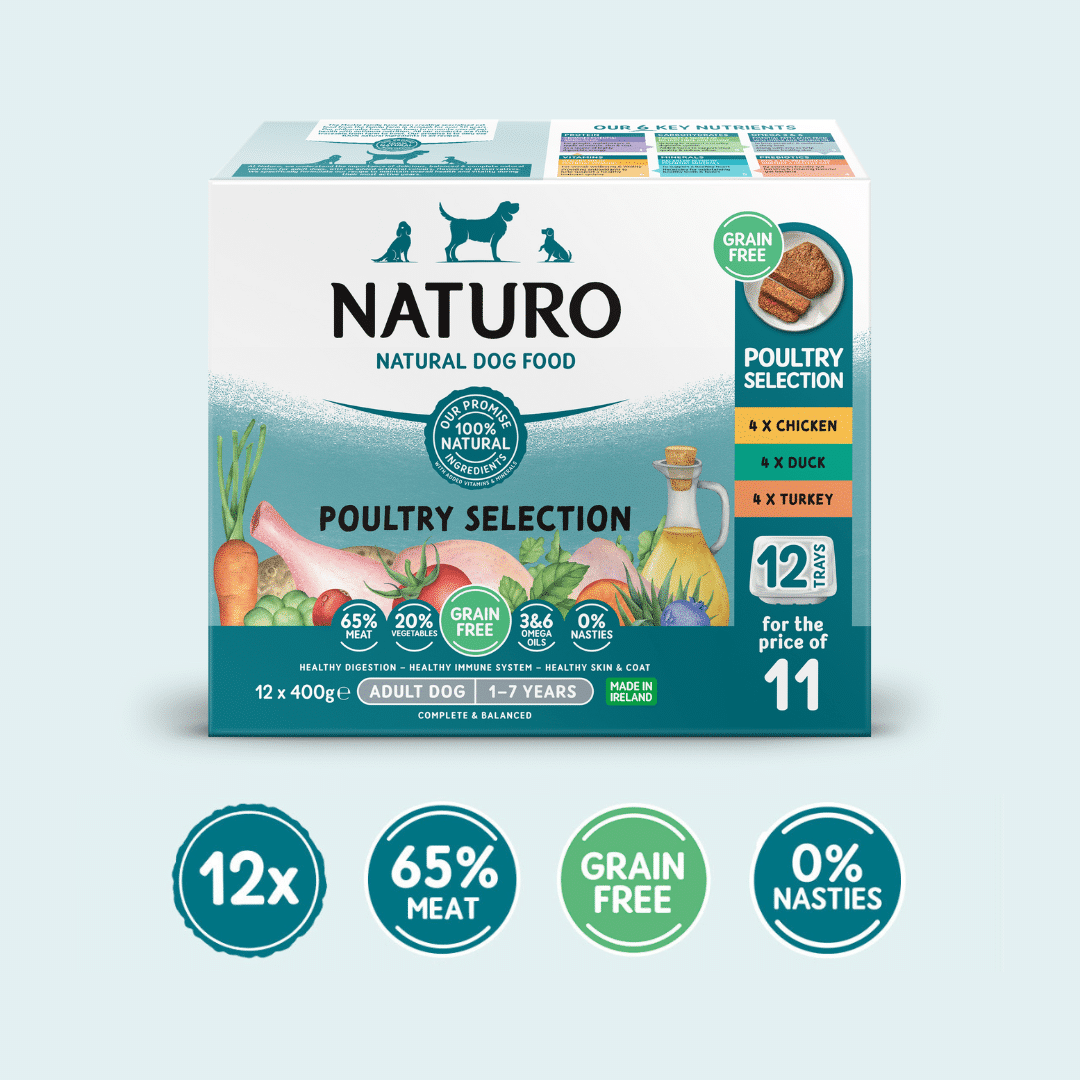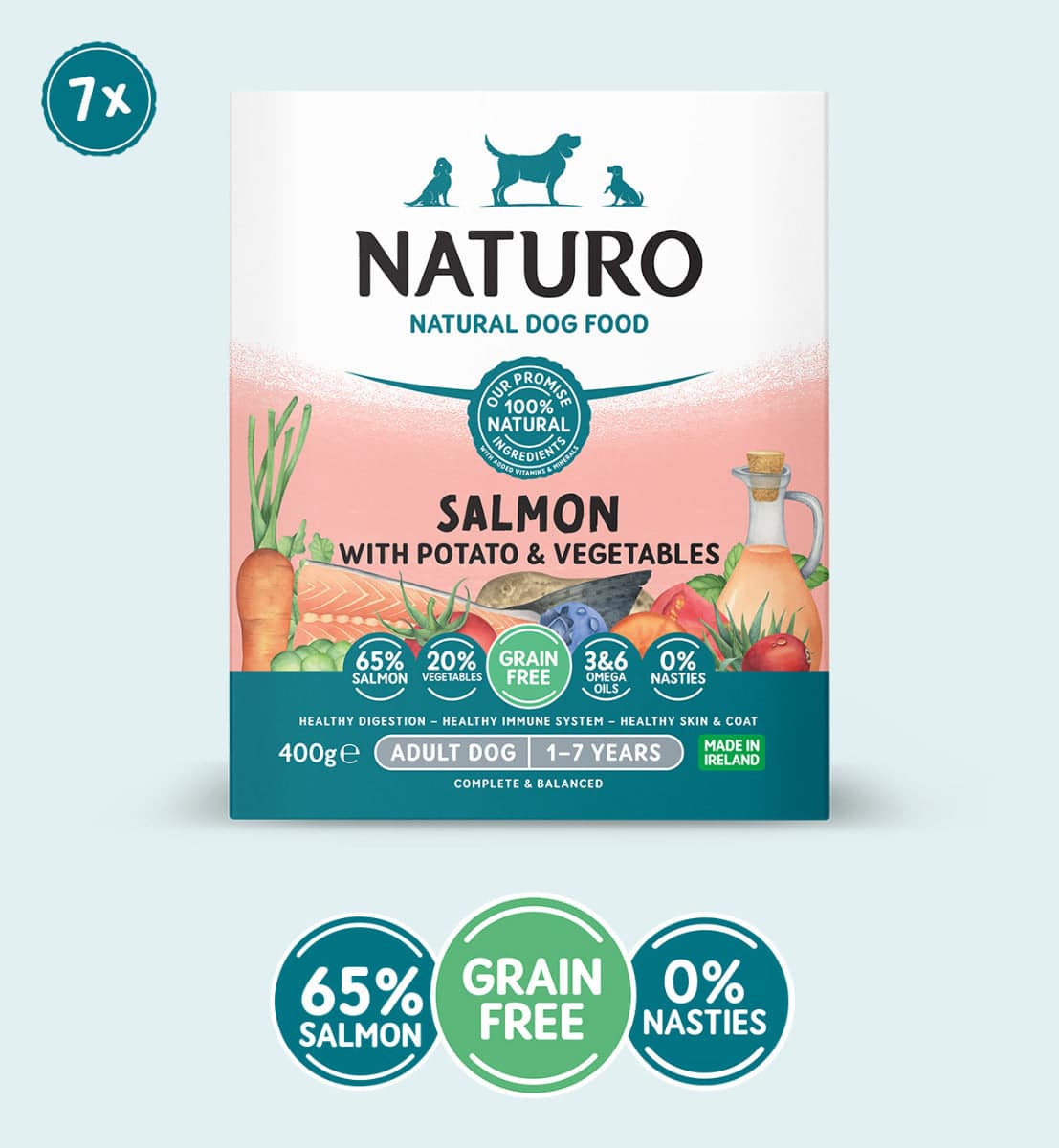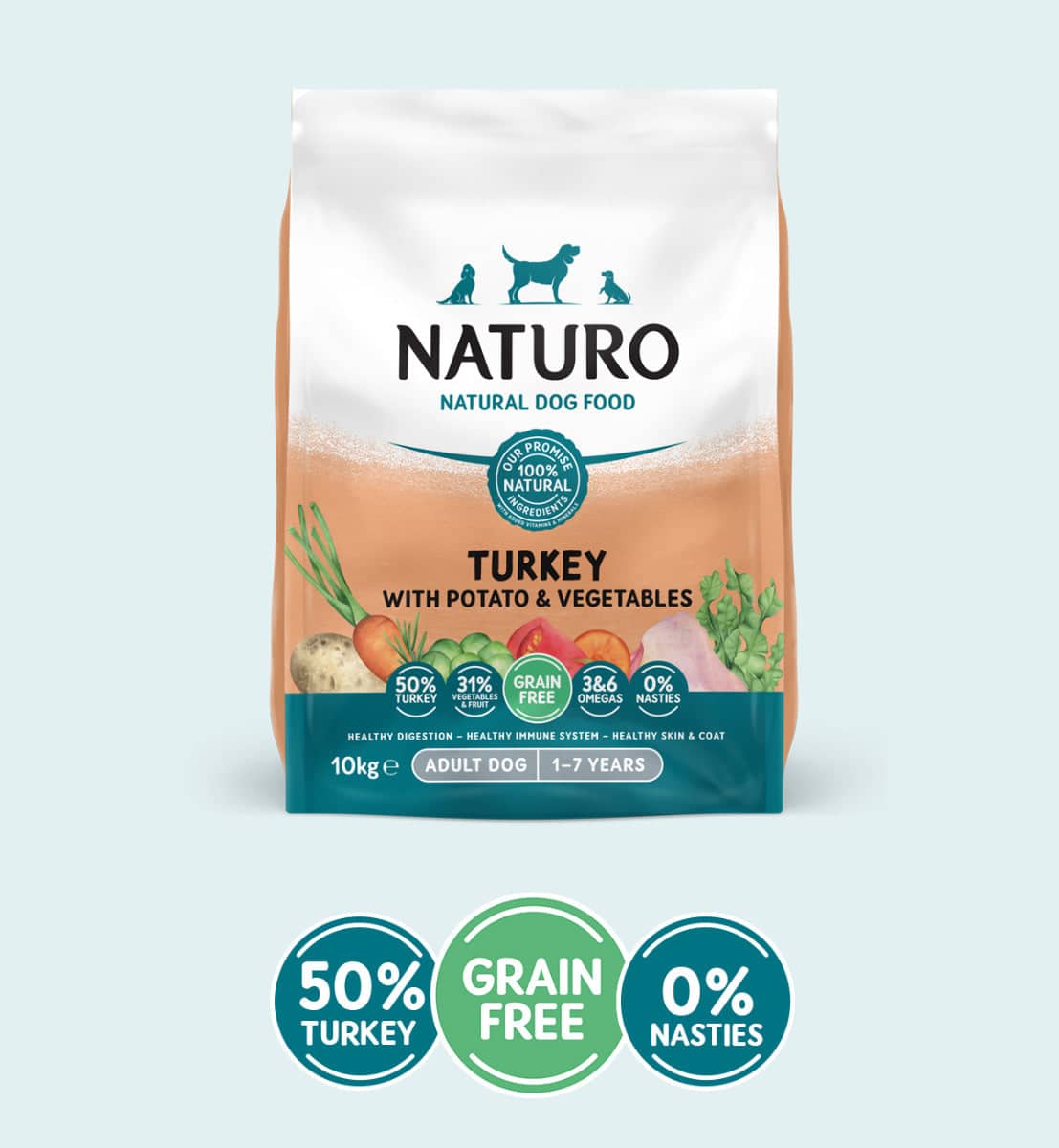Dog Food
Introduction
In this article, we will discuss everything you need to know about dog food in London. What are the available options, and how to choose the right one, are the common questions asked by owners. You will find all the information to make a confident and right decision for your pet.
What Exactly Is “Dog Food”?
Dog food is a specially formulated diet designed to meet a dog’s nutritional needs. Dog food is different from human food because it includes ingredients that dogs cannot digest. Dog food is balanced with the Right Mix of protein, fat, fibre, vitamins, and minerals. When you search for dog food defined by these three main categories
• Dry food (kibble): Crunchy, convenient, long-lasting.
• Wet food (canned or pouches): Moist, tasty, and often easier for picky eaters or older dogs.
• Raw or fresh food: Increasingly popular for those who want a more “natural” diet, though it requires careful handling.
Its type has its specific needs and formulation with its own advantages and disadvantages.
Key Features to Look for in Quality Dog Food
When you visit a market or browse online to search for dog food, here are the key ingredients you look for at the level
1. Protein First
Protein is the key ingredient of dog food because they are hyperactive and read good quality food for muscle growth and joint protection. Always look for protein from a natural source like chicken, lamb, or fish
2. Balanced Nutrients
Just like humans, dogs need the right balance of protein, fats, carbohydrates, Minerals, and vitamins. Look for the labels that provide the whole nutrition information
3. Life Stage & Breed-Specific Options
Puppies, adult dogs, and seniors all have different nutritional needs. Large breeds may benefit from joint-support ingredients, while smaller breeds often do better with smaller kibble sizes.
4. Digestibility
Not all dogs handle the same ingredients. Some do better on grain-free formulas, while others need hypoallergenic recipes that avoid common triggers like beef, chicken, or wheat.
5. Transparency
Clear labelling is a sign of a trustworthy brand. If a dog food lists “60% chicken” on the pack, you should know exactly what’s inside—not a mystery blend.
Why Choosing the Right Dog Food Is So Important
It’s natural to be attracted by the cheapest options in the market to save money, but the food that we choose for our dog has a long-term impact on health. Quality dog food Supports
1 . Stronger immunity due to vitamins, minerals, and antioxidants
2 . Better digestion, due to natural gradients
3 . Shinier coats and healthier skin, due to high-quality food
4 . Sustained energy levels, especially for naughty and active dogs going to enjoy long walks and activities in the City
5 . Energy and vitality: Dogs get their fuel from food. High-quality protein and fats keep them active, playful, and healthy.
The Main Types of Dog Food in the UK
Before buying food for your dog, you should understand the main types of dog food you will see. The following are some types
1. Dry Dog Food (Kibble)
This is the most common type of dog food. Kibble is affordable, convenient, and easy to store. Many customers choose it because it’s widely available and also comes with nutrition formulated for puppies, adults, and seniors.
• Pros: Late expiry, helps keep teeth clean, budget-friendly.
• Cons: Some brands use fillers and artificial additives, which are not suitable for dogs with sensitive stomachs.
2. Wet Dog Food
Veg dog food sold in pouches mostly has good taste and higher moisture content; it’s good for picky eaters or dogs that don’t drink much water.
• Pros: Palatable, hydrating, often higher protein content.
• Cons: less budget-friendly than kibble, short expiry after opening.
3. Raw and Fresh Dog Food
This is a fast-growing trend in London, some companies deliver fresh and raw dog food to your doorstep step which contains process vegetables and supplements
• Pros: Natural ingredients, often formulated to your dog’s preferences, very high in nutrients.
• Cons: Expensive, requires cold storage, not always suitable for traveling.
4. Breed-Specific and Special Diets
If you are dog is allergic or sensitive or has a medical need, you will find a number of hypoallergenic, grain-free, and breed’s breed-specific options in London
• Pros: Specific nutrition according to need.
• Cons: Usually more expensive than the kibble or wet food.
The Benefits of Choosing the Right Dog Food
Spending your money on your dog’s diet can pay off in noticeable ways. Here are some key benefits to choosing your dog food wisely
• Shinier coat and healthier skin; thanks to essential fatty acids and quality protein.
• More consistent energy; avoiding sugar spikes and sluggishness.
• Better digestion; fewer tummy troubles, less bloating, and firmer stools (always a win when cleaning up after walks!).
• Weight management; complete formulas make it easier to keep dogs at a healthy size.
• Long-term savings; fewer vet visits for diet-related issues like allergies or obesity.
Think of it as preventative care. A few extra pounds spent on food now could save hundreds on treatments later.
Frequently Asked Questions About Dog Food in the UK
1. What’s the best dog food for puppies?
Puppies need more calories, protein, and specific nutrients (like DHA for brain development) than adult dogs. Look for puppy-specific formulas; brands like James Wellbeloved, Royal Canin, and Harringtons all offer great UK options. Avoid adult food until your pup reaches maturity (usually around 12 months, but it varies by breed).
2. Is grain-free dog food better?
Not always. Grain-free food can help dogs with sensitivities to wheat or gluten, but it isn’t automatically healthier. Many dogs do perfectly well on diets with rice, oats, or barley. The most important thing is the quality of protein and the balance of nutrients, not just whether it’s grain-free.
3. Can I mix wet and dry food?
Yes! Many UK dog owners mix kibble with wet food to give their dogs variety and extra flavour. Just make sure the total portion matches your dog’s daily calorie needs to avoid overfeeding.
4. Should I feed them raw food?
Raw diets can work for some dogs, but they require careful handling and balanced recipes. Pre-prepared raw meals from trusted UK brands (like Natures Menu or Bella & Duke) are safer than DIY raw diets. Always check with your vet before switching, especially for puppies or dogs with health conditions.
5. How do I know if my dog’s food is right for them?
Signs of a good match include steady energy levels, a shiny coat, healthy stools, and enthusiasm at mealtimes. If your dog regularly has stomach upsets, itchy skin, or low energy, it might be time to try a different recipe.
Tips for Buying Dog Food in the UK
If you are not confused anymore and are ready to buy your dog food, here are some practical tips you can keep in mind
• Check labels carefully: Look for clear percentages of named meats and avoid vague “derivatives.”
• Match to life stage: Puppies, adults, and seniors all need different recipes.
• Consider your lifestyle: Busy owners might prefer kibble for convenience, while those with more time may enjoy preparing raw or fresh diets.
• Buy in bulk (smartly): Larger bags are usually cheaper per kilo, but make sure you can store them properly in a cool, dry place.
• Shop around: Online retailers like Zooplus, Pets at Home, and even subscription services often offer discounts and free delivery in the UK.
A Friendly Final Word
Choosing dog food should not be complicated; you should enjoy this process. In the end, the best dog food is the one that sources your dog’s Unique needs, it’s within your budget, and makes your dog’s meal enjoyable.
Just like you cannot enjoy the same me every day without caring about the ingredients or nutrition, your dog deserves the same care by paying attention to the ingredients and the recipe of your food. You can manage things well, look for your dog’s age and lifestyle, and see how they respond to different kinds of things.
Investing some time in these important things will late the better dog health and make it more cheerful and joyful. Your dog will thank you and give you an extra cuddle after dinner.















